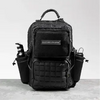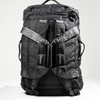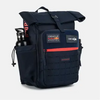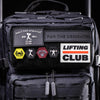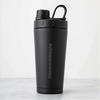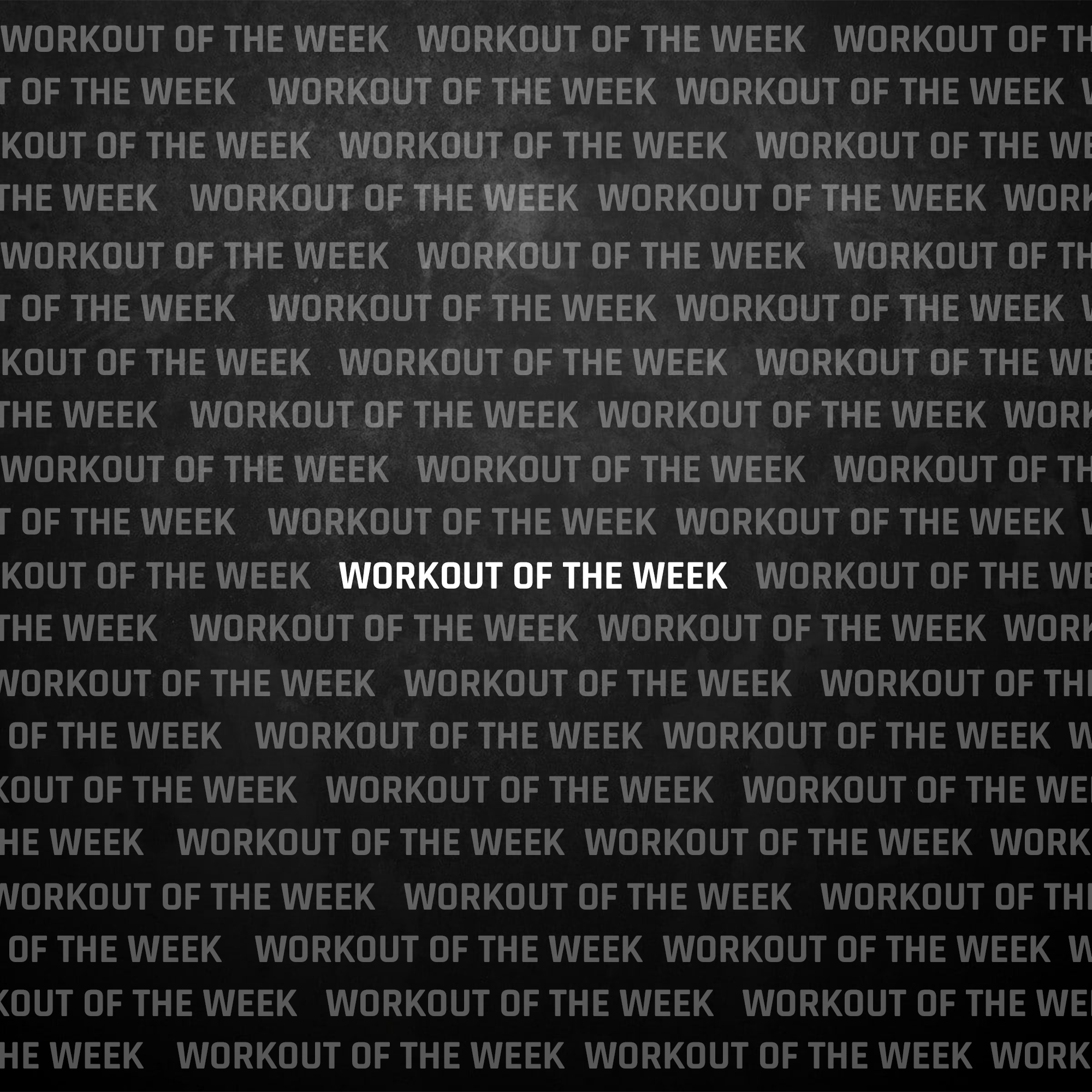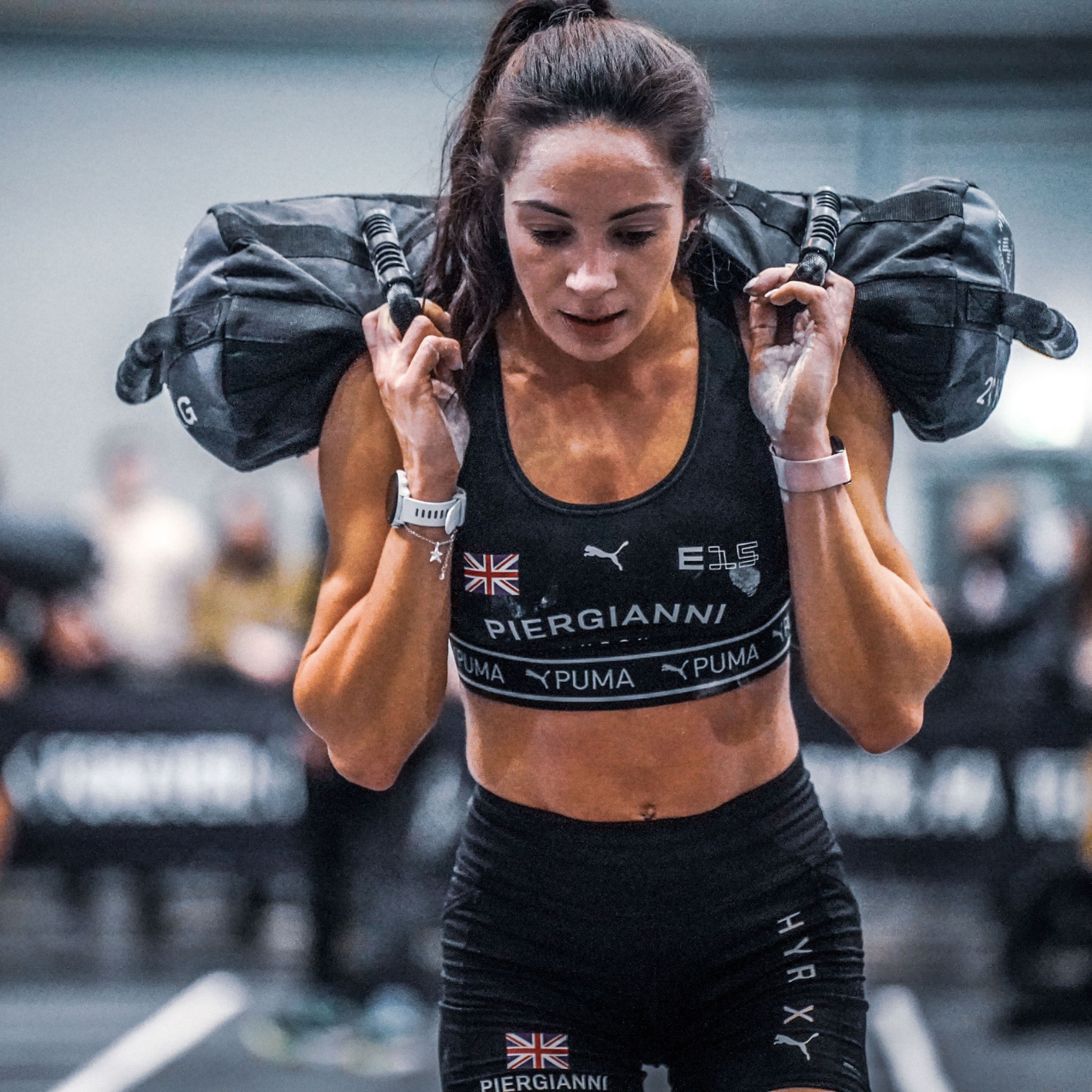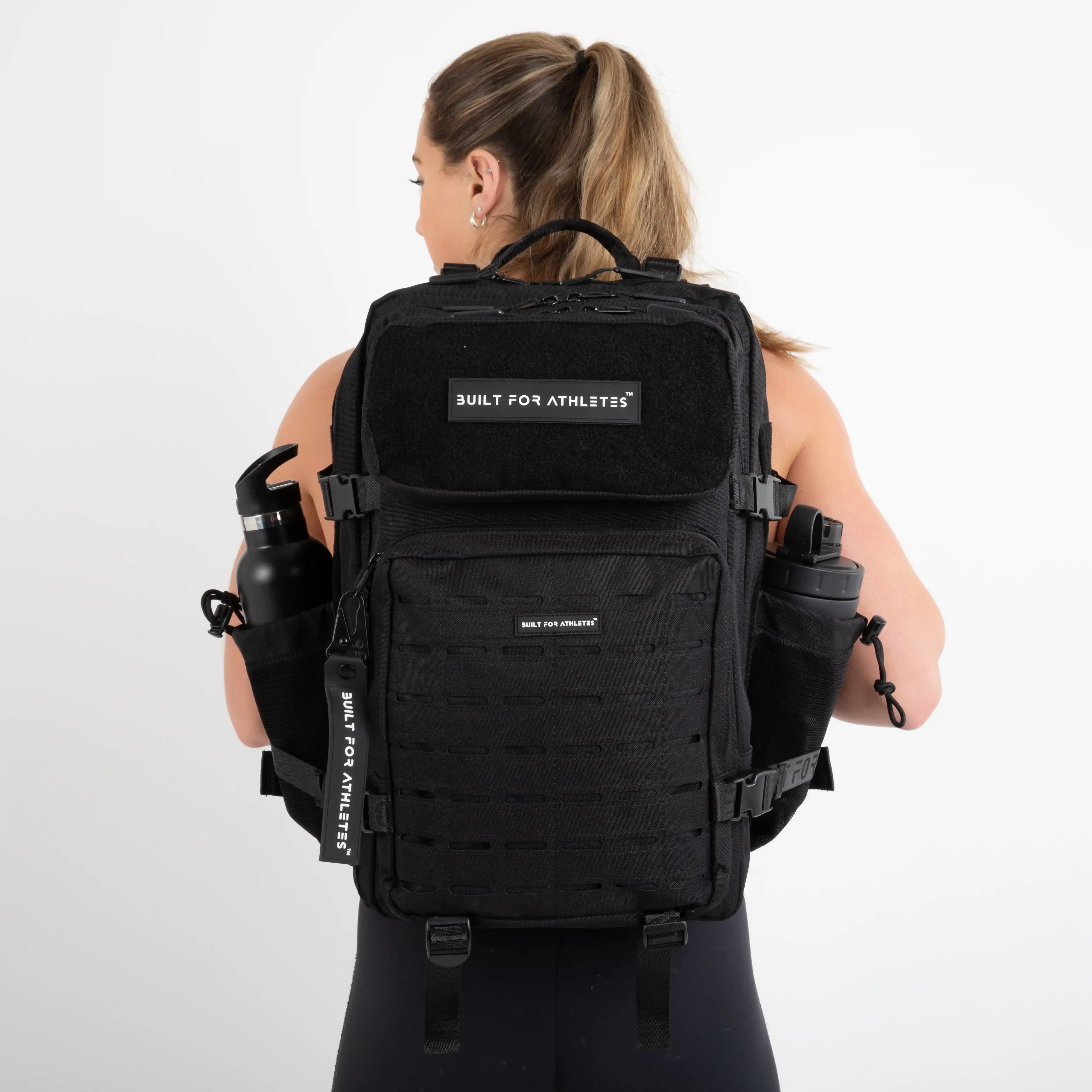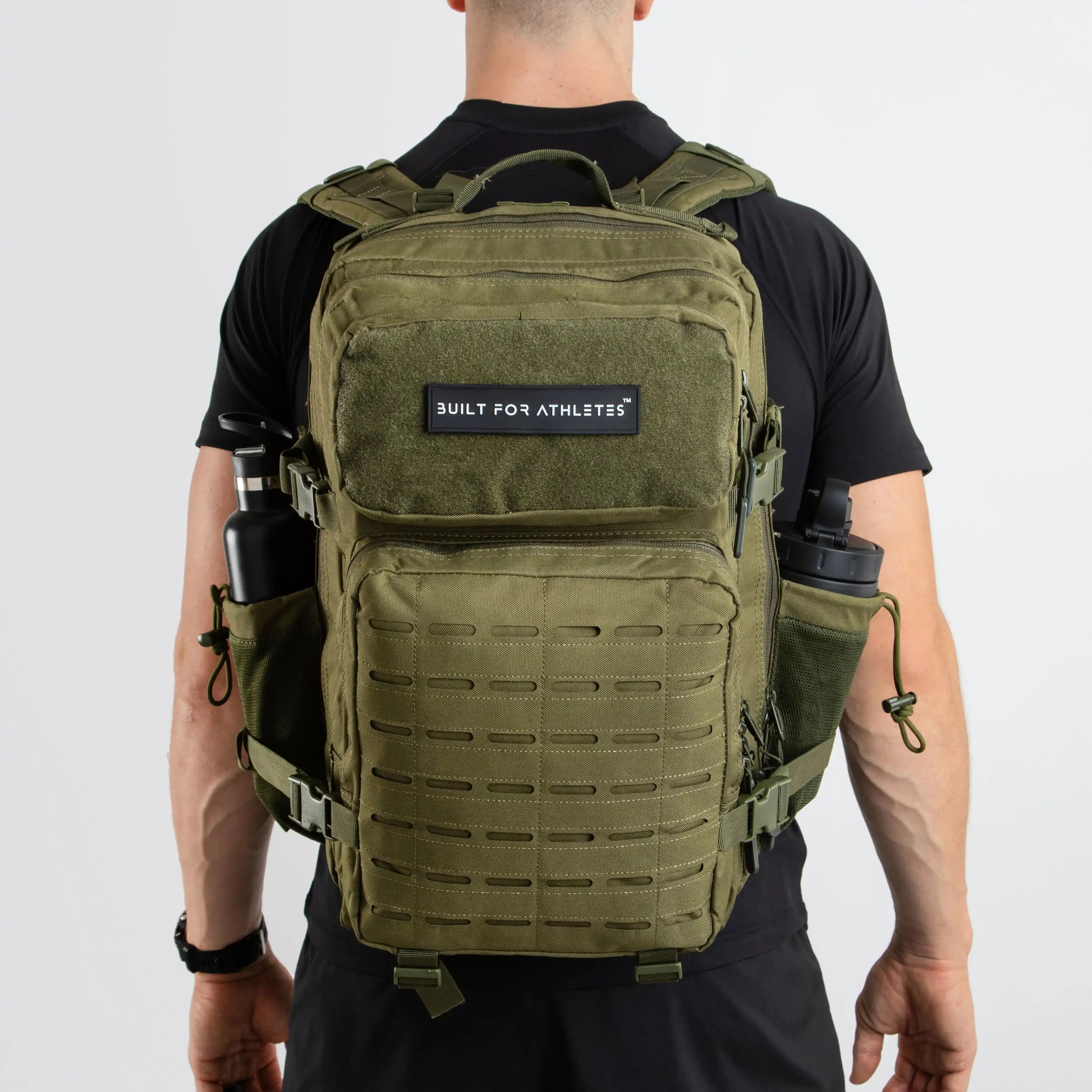Most people wouldn’t think of searching the app store for a remedy to a sore shoulder. If pain puts an athlete out of training, they’d be much more likely to spend a small fortune on physiotherapy than buy a brain training game on their phone for £6.99. But the Recognise app has thousands of users who swear by its effectiveness at relieving pain and assisting with rehabilitation.
Created by Noijam, a branch of the Australian company NOI Group, Recognise is based on a type of brain training called Graded Motor Imagery (GMI).
GMI uses a three-stage approach to rehab; left/right discrimination, imagined movements and mirror therapy. The app offers guidance for training to help users progress through these stages.
Left/right discrimination is all about training your brain to quickly identify left or right images of your painful body part.
For example, on the Recognise Knee app, users are shown a series of images of knees and must quickly answer if it’s a right or left knee.
The theory – backed by research – is that people with pain are slower and/or less accurate at determining whether the image is a left or right knee than somebody without pain. And the practice activates parts of the brain associated with moving the injured limb without firing off a pain response.
So if you have pain in your right knee, after a period of left/right discrimination training, you will feel less pain.
Sounds weird we know, but NOI Group say this has been shown to reduce pain associated with conditions such as phantom limb pain, osteoarthritis of the knees and carpal tunnel syndrome.
The app then lets you track your results over a period of time and plot your improvements. It suggests you should achieve an 80 per cent accuracy and answer within 1-2 seconds.
Stage two (imagined movements) is essentially thinking about moving without actually moving. The app gets you to imagine your body performing a move without any pain and then comfortably returning to the starting position.
This can be hard for people in pain because 25 per cent of the neurones in your brain are 'mirror neurones' and start firing when you think of moving. So by imagining movements, you use similar brain areas as you would when you actually move.
You can then move on to the final stage of mirror therapy but the app doesn’t provide guidance for this. Undertaking this brain training could not only help relieve pain but also speed up recovery. If you have an ailment and want to give it a try, go download one of the Recognise apps for foot, hand shoulder, back or neck problems.
